News Desk

The Milky Way is churning out far more stars than previously thought, according to a new estimate of its star formation rate.
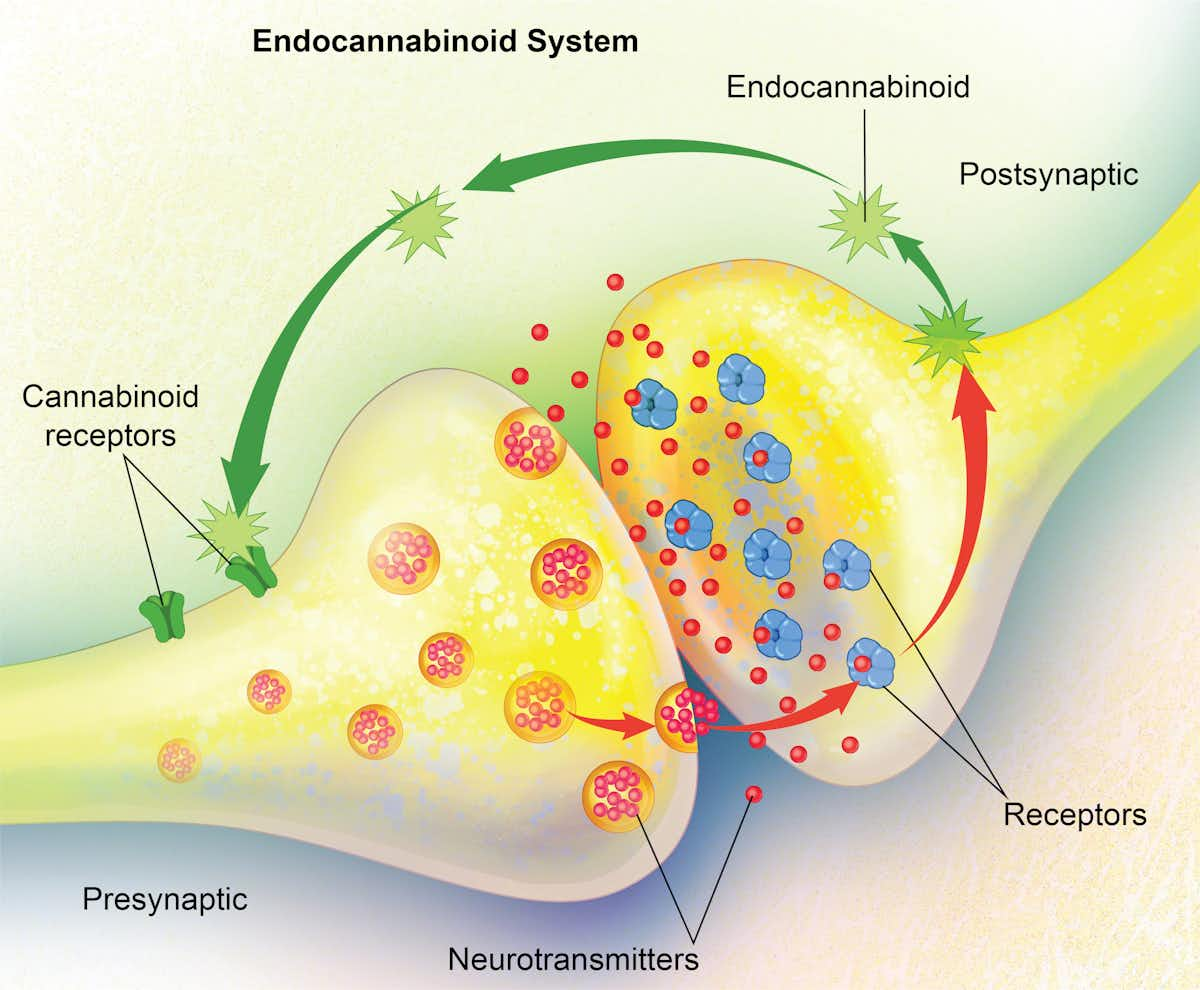
It is as if the human body has its own version of a marijuana seedling inside, constantly producing small amounts of endocannabinoids.
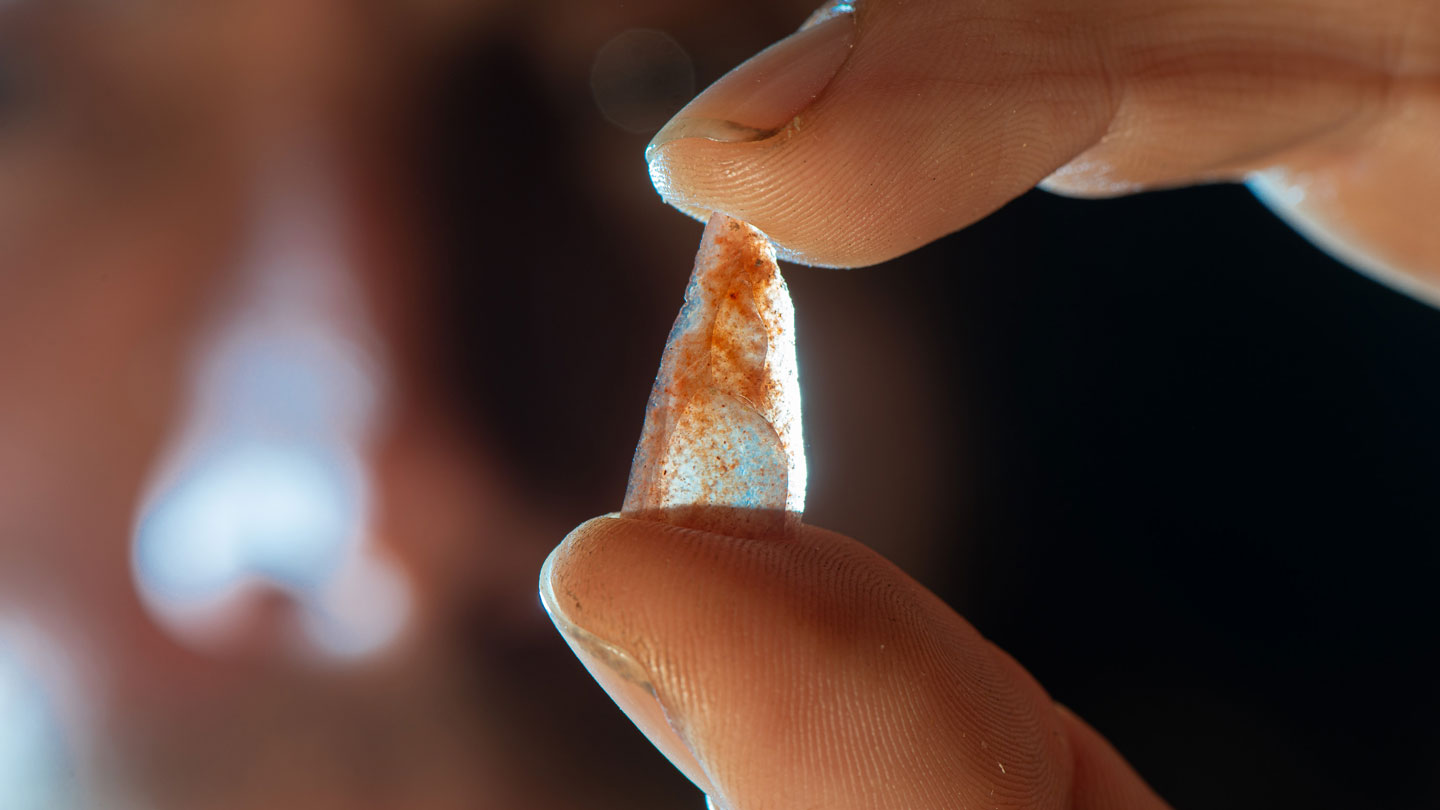
Homo sapiens who reached Europe around 54,000 years ago introduced bows and arrows to that continent, a new study suggests.
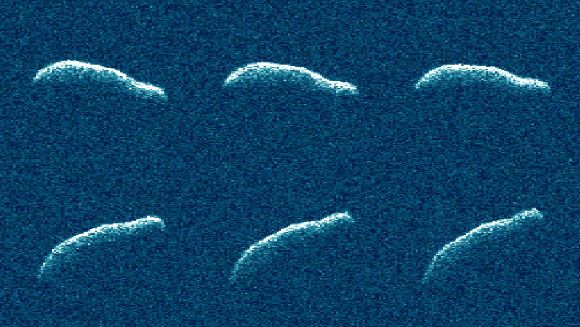
Astronomers recently got an up-close look at a “potentially hazardous” asteroid as it whizzed safely past Earth, and what they saw caught them by surprise: The space rock is unusually elongated for an asteroid and is spinning much more slowly than expected.
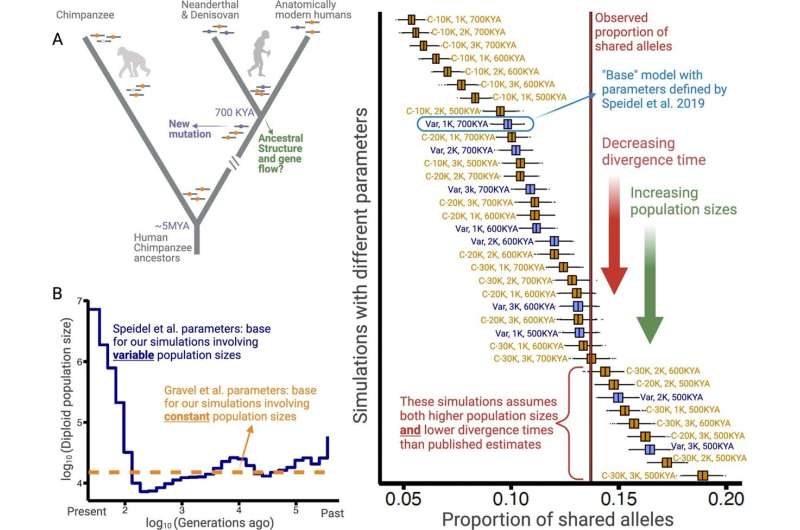
The theory behind these evolutionary trade-offs is called balancing selection. A University at Buffalo-led study published in eLife explores this phenomenon by analyzing thousands of modern human genomes alongside ancient hominin groups, such as Neanderthal and Denisovan genomes.
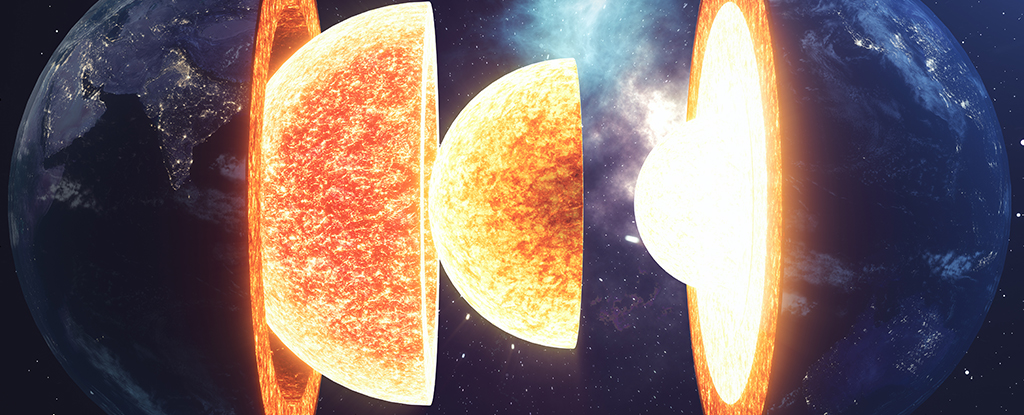
A new analysis of Earth’s innards suggests the presence of an inner core within the inner core – a dense ball of iron at the very center of our planet.
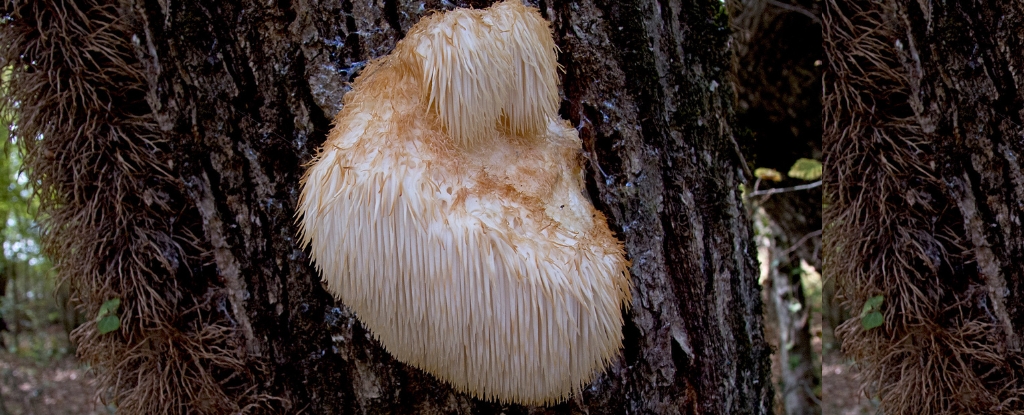
In a new study conducted by an international team of scientists, researchers identified compounds in the lion’s mane mushroom (Hericium erinaceus) – an edible fungus species also known as yamabushitake or hou tou gu – that could boost nerve growth and enhance memory.

The results from the first randomized, double-blind, placebo-controlled study to systematically investigate the effects of psilocybin in cluster headache has been published in the scientific journal Headache. The initial study provides useful information for creating bigger and more conclusive studies in the future.
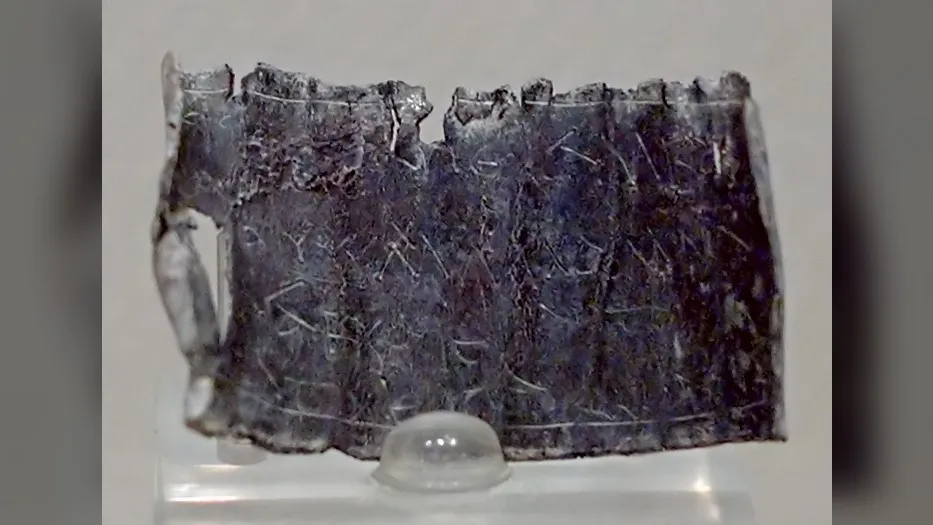
The cryptic language of the Book of Revelation — famous for its exotic imagery, including a red beast with seven heads and a symbolic female figure likened to the evils of Babylon — is deliberately similar to language used in ancient Roman “curse tablets,” according to new research.
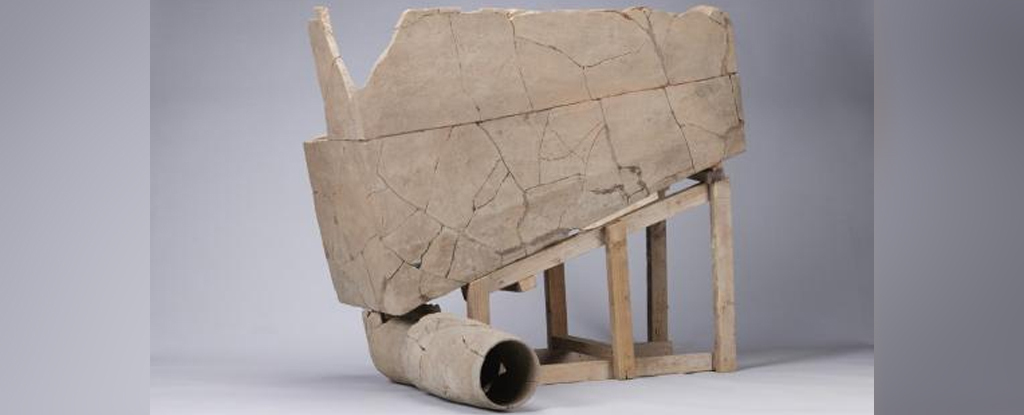
While excavating two large buildings in the ruins of the palace in the city of Yueyang, the researchers from the Institute of Archaeology at the China Academy of Social Sciences were surprised to make the discovery.
It is called Radiocarbon 3.0: it is the newest method developments in radiocarbon dating, and promises to reveal valuable new insights about key events in the earliest human history, starting with the interaction between Homo Sapiens and Neanderthals in Europe.
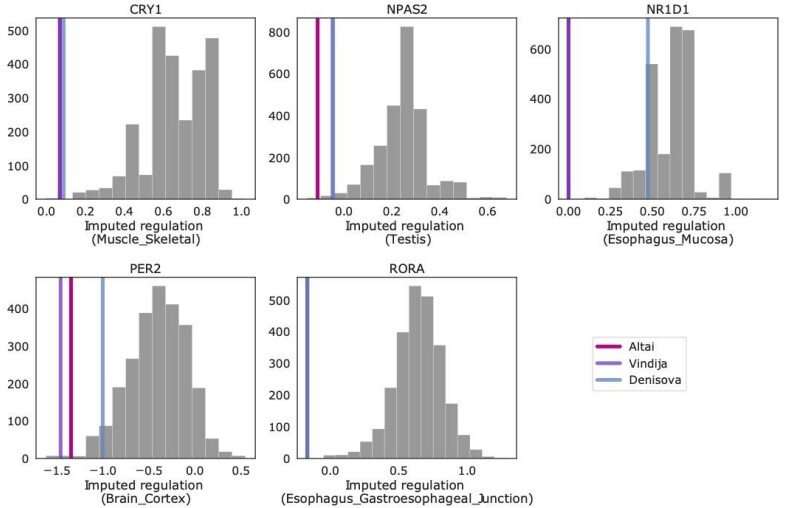
A team of epidemiologists and geneticists from Vanderbilt University, the University of Pennsylvania and the University of California has found evidence that suggests modern humans mating with Neanderthals may have gained an ability to adapt to differences in the amount of daylight hours in Eurasia.
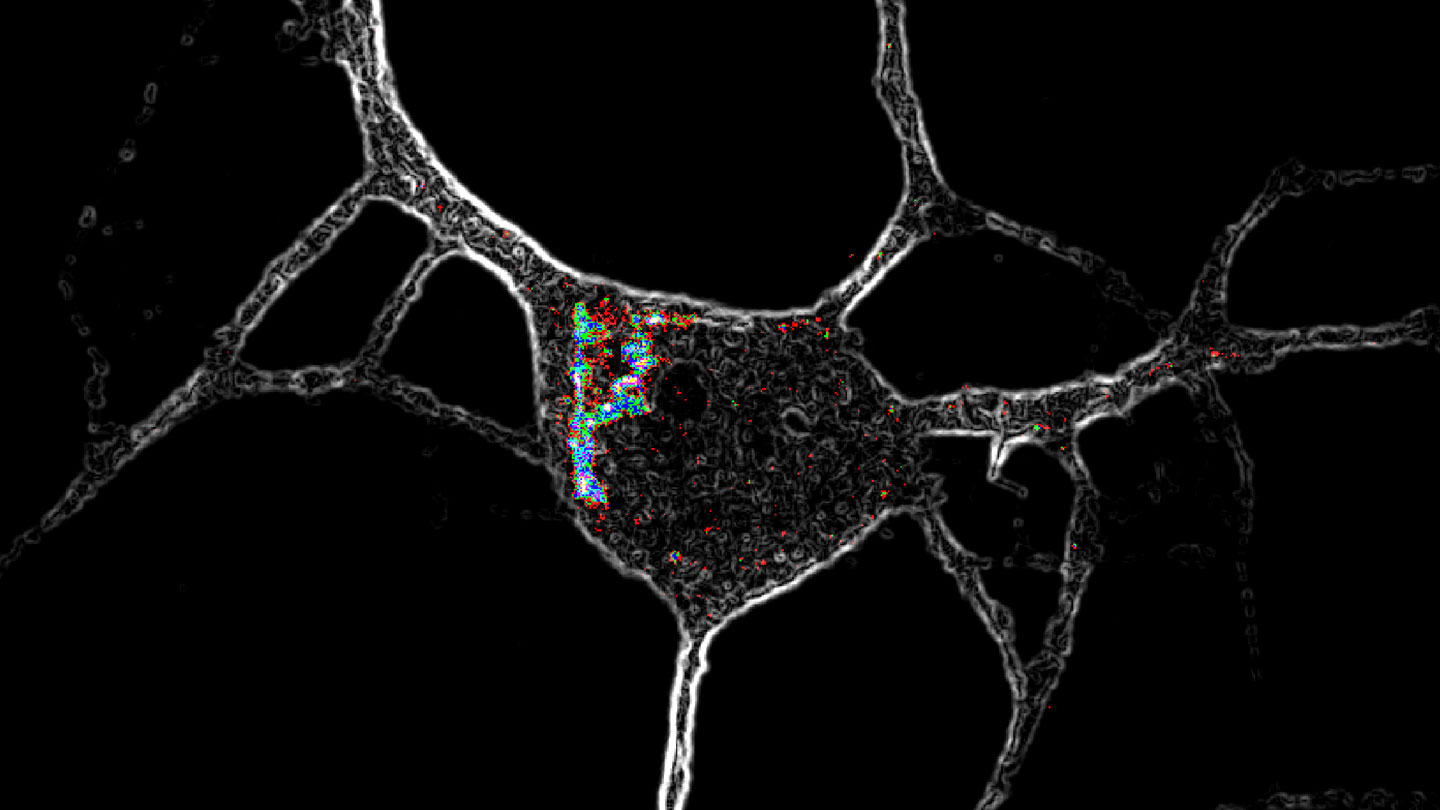
Psychedelics go beneath the cell surface to unleash their potentially therapeutic effects.
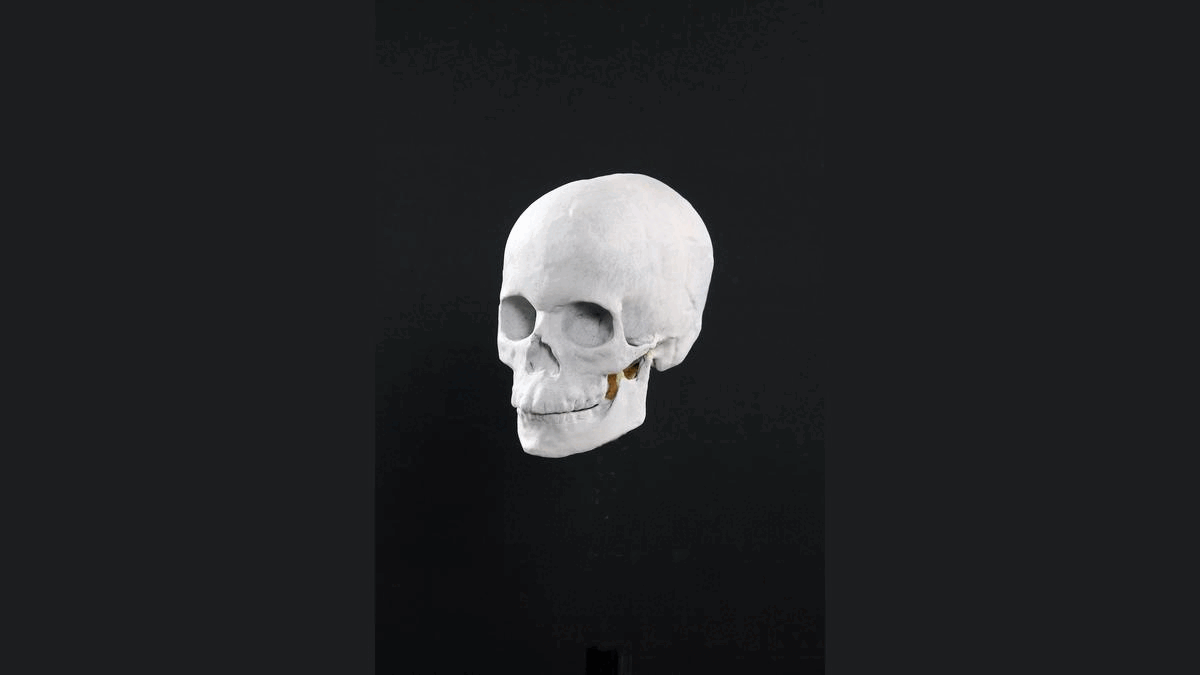
About 8,300 years ago, a teenage boy with an unusual skull and short stature may have scampered along the rocky coast of what is now Norway, pausing to regain his balance as he clutched a fishing rod.

Between 75,000 and 50,000 years ago, humans began to make their way across the megacontinent of Sahul, a landmass that connected what is now Australia, Tasmania, New Guinea, and the Aru Islands.

In the span of 15 years, psychedelics have transformed dramatically in the public eye, from the consciousness-expanding darlings of the counterculture to what could be the most significant breakthrough in psychiatric treatment in many decades.
Image from: Pashminu (Wiki Commons)








